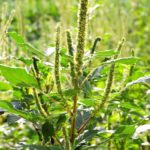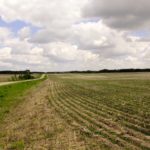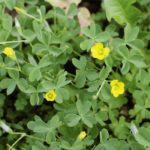
If you can’t beat ’em, clip ’em
New methods of mechanical weed control show promise, but don’t expect a yield increase the first year

The challenge of early weeds in soybeans
A two-pass weed control strategy makes a lot of economic sense

Conventional thinking
Machinery manufacturers are offering European farmers new options for in-crop weed and pest control

The next tipping point for Canada’s corn growers
Some Illinois growers are already at the tipping point for resistant weeds. Are Canadian corn growers far behind?

Dealing with those early weeds
Forget the old arithmetic. Your losses from early weeds are probably much more costly than you’ve ever imagined

The best crop row spacing is…
A multi-year study suggests there is no one-size-fits-all answer to the question

Managing herbicide resistance costs
Farmers considering herbicide resistance strategies are looking at the economics first

Pest Patrol: Mixing ‘crop enhancer’ with glyphosate for weed control
#PestPatrol with Mike Cowbrough, OMAFRA

Mustard acres feeling squeeze from canola

Pest Patrol: Keeping woodsorrel under control
#PestPatrol with Mike Cowbrough, OMAFRA


